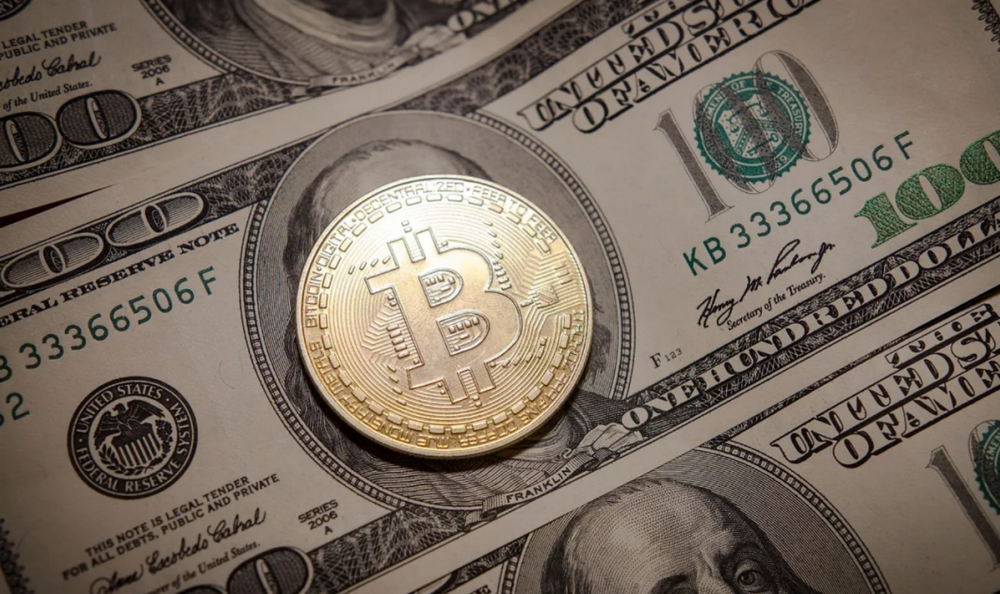Hourglass: What is a time-bound token?
Hourglass: What's a time-limited token?Hourglass converts time into value through time-bound tokens, enabling flexible trading during asset pledging.
Original author: Poopman
Original translation: Kxp, BlockBeats
Time is money, and when tokens are locked up, the opportunity cost of time increases. However, on Hourglass, you can “tokenize” the lock-up time of assets and trade your time-bound tokens whenever you need liquidity.
- Nike Embraces NFT Marketing: What Lessons Can Other Companies Entering Web3 Learn?
- What is “Onion Routing” in the Lightning Network and how does it work?
- Can the fluctuating Worldcoin and the UBI economics of the AI era come true?
Background Information:
Hourglass was created by Charlie Pyle, the founder of ZetaChain. Recently, Hourglass received seed round investment totaling $4.2 million from Electric Capital and Coinbase Ventures, among other institutions.
1. What is Time-Bound Token (TBT)?
Time-Bound Token (TBT) represents assets that have been pledged on Hourglass for a certain period of time. For example, 10 frxETH/ETH LP tokens with a lock-up period of 3 months will be converted into 10 frxETH/ETH TBT with a 3-month term.
2. What is Hourglass?
Hourglass is a platform that provides time-bound token services and allows users to trade TBTs. To achieve this goal, Hourglass relies on two main mechanisms:
· Hourglass Pledging
· Hourglass TBT Trading Market
3. Hourglass Mechanism
Hourglass Pledging
First, Hourglass has a smart contract called Hourglass Custodian that creates a pledging library for each type of asset. In the pledging library, users can pledge LP tokens to proxy pledging libraries with different expiration dates (currently only supporting frxETH/ETH Convex trading pairs).
Each time frxETH/ETH LP tokens are deposited into Hourglass, it is equivalent to pledging Curve LP tokens locked on Frax Finance Farm through Convex Finance. Currently, there are only four pledging libraries on Hourglass with different expiration dates ranging from May to December.
Users who pledge LP tokens to proxy pledging libraries will receive TBTs (ERC1155 tokens), which will serve as the “receipts” for the user’s pledged assets. Once the expiration date is reached, the pledged assets can be redeemed by ERC1155 holders in the expiration library.
Rewards Distribution
Users holding TBT will receive regular earnings through Merkle airdrops, which is a reward distribution mechanism that uses Merkle trees and proofs to verify whether token holders are eligible to receive rewards.
4. Hourglass TBT Market
Hourglass implements a order book model that enables trading of TBT with different expiration dates.
For example, let’s say User A can purchase 10 frxETH/ETH LP that will unlock on May 30 and expire on June 30 at an extremely low discount rate (1%). The size of the discount will vary based on how close the expiration date is (assuming the APY remains constant). This is because the user will be unable to use the underlying assets for the next month, and the discount essentially compensates for time opportunity costs.
Currently, there are a limited number of orders (with set prices) on the Hourglass market. Users can view the buy/sell price, discount, and liquidity depth for a specific expiration date. Users can then “fill” existing orders to buy or sell TBT.
5. Synergy with stETH
Since stETH is now withdrawable, withdrawals are likely to be congested during periods of high traffic and may take several weeks to complete.
The Hourglass market allows users to trade Lido’s withdrawal request NFTs and exit their position early when needed.
6. Poopman’s Thoughts
Through Hourglass, the protocol can secure locked liquidity in its product while achieving higher returns (e.g. 4-year veCRV lockup gains on Curve); on the other hand, the market also provides higher capital efficiency for locked assets.
At the same time, users should monitor the liquidity depth of the TBT market, as this is the most critical parameter determining whether they can exit their position. Otherwise, even if the price of the underlying assets crashes, users may have to wait until the expiration date.
In addition, Hourglass’s scalability is limited by the underlying revenue source (e.g. Frax), just like other yield aggregators such as Convex. To understand why, read Messari’s report, which analyzes the project’s profitability and sustainability in detail.
However, I am still very excited about the future of Hourglass and hope to see more staking pools added in the future.
Note: Blocking all articles only represents the author’s point of view and does not constitute investment advice
Original link: https://www.bitpush.news/articles/4469774
We will continue to update Blocking; if you have any questions or suggestions, please contact us!
Was this article helpful?
93 out of 132 found this helpful
Related articles
- “Tactical” dissolution, division of national treasury assets, new profit model for DAO?
- MakerDAO Core Development Team proposed to increase the DAI savings rate from 1% to 3.33%
- Comprehensive overview of the gaming industry: Pie in the sky or an oasis in the desert
- Mint Ventures Talks with Pendle CEO: Seizing Hotspots to Build Breakthrough Products
- Web3 Social: DID First, DAPP Second
- Understanding Rare Con is just one article: what other expandable gameplay is there?
- Understanding Consensus Mechanism and 11 Popular Consensus Algorithms in One Article











